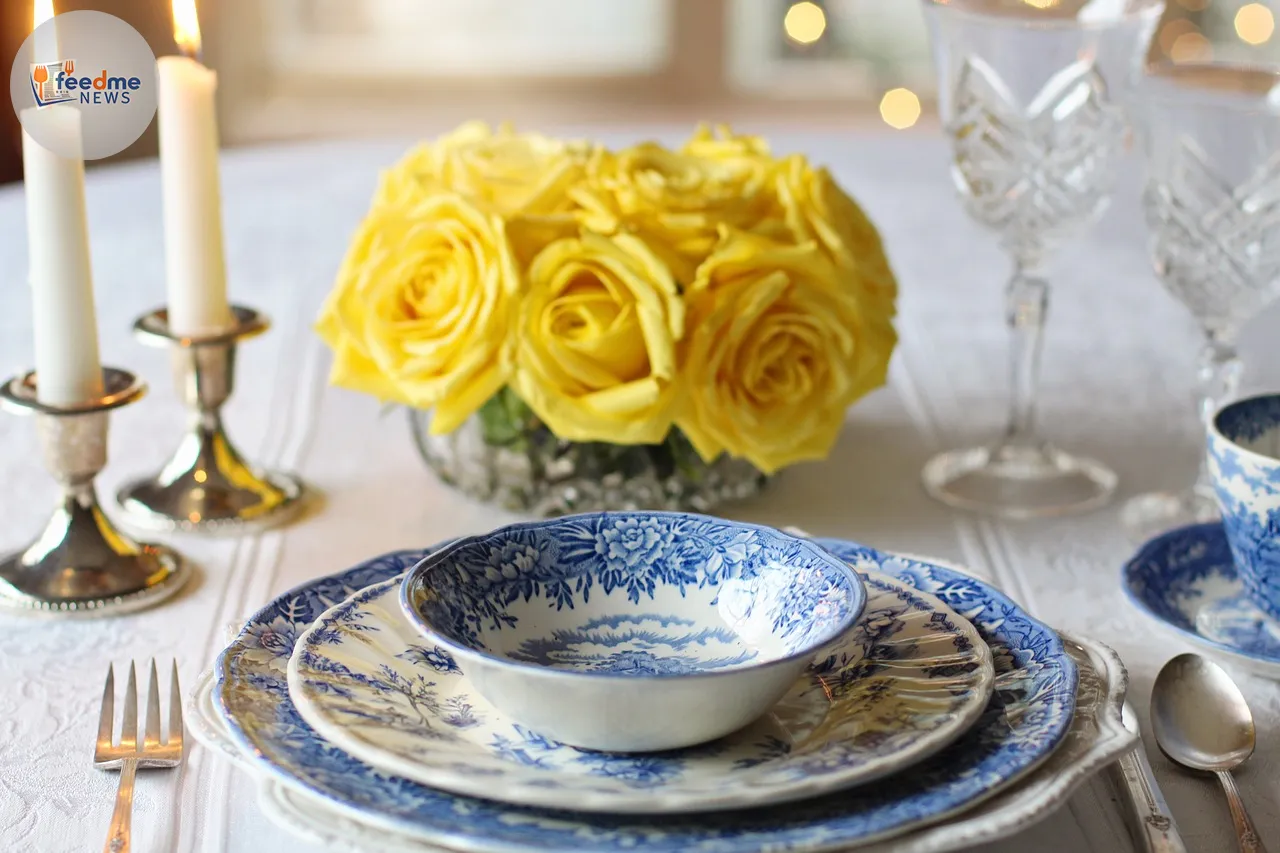A viral decluttering method known as “cobwebbing” is gaining traction among book lovers and minimalists alike, promising a fresh approach to organising personal libraries. Originating from a simple concept, cobwebbing encourages individuals to let go of sentimental attachments to items they no longer need, with a particular focus on books. Enthusiasts claim it has revolutionised their living spaces and mental clarity. This trend comes as many grapple with overflowing shelves and the emotional ties that often prevent them from parting with beloved titles.
The cobwebbing method has sparked conversations on social media platforms, with countless individuals sharing their experiences of finally letting go of multiple copies of the same book or those they haven’t read in years. The practice has been particularly popular among fans of classic literature, who often hold onto multiple editions of their favourite works.

Origins and Timing of the Cobwebbing Trend
The cobwebbing method first gained popularity in late 2024, with its roots traced back to a viral social media post by a home organisation influencer. The method quickly spread across platforms like Instagram and TikTok, where users showcased their newly organised bookshelves and shared before-and-after photos. The trend has since reached a global audience, appealing to those looking to simplify their lives and homes.
The concept of cobwebbing emerged at a time when many people were reassessing their living spaces, partly due to the increased time spent at home during the COVID-19 pandemic. As individuals sought ways to create more functional and aesthetically pleasing environments, the method’s emphasis on emotional detachment and practical organisation resonated widely.
How Cobwebbing Works: A Step-by-Step Guide
Cobwebbing involves several straightforward steps designed to help individuals detach emotionally from their possessions and make thoughtful decisions about what to keep. The process begins with a thorough assessment of one’s book collection, evaluating each item based on its practical value and emotional significance.
Advocates of the method suggest creating three distinct categories: books to keep, books to donate or sell, and books to discard. By visualising these categories, individuals can more easily identify which books truly hold value and which are merely taking up space. This approach encourages a mindful and intentional decision-making process, allowing for a more curated and meaningful collection.
Expert Insights on the Psychology of Decluttering
Experts in psychology and home organisation have weighed in on the benefits of the cobwebbing method, highlighting its potential to reduce stress and increase overall well-being. According to Dr. Emily Carter, a psychologist specialising in behavioural change, the method aligns with principles of mindfulness and intentional living. “By focusing on the present value of items rather than their past significance, individuals can foster a healthier relationship with their possessions,” she explains.
The emotional aspect of decluttering is particularly relevant for book lovers, who often form deep connections with their collections. Dr. Carter notes that cobwebbing provides a structured approach to navigating these emotions, allowing individuals to appreciate the memories associated with their books while freeing themselves from the physical clutter.
Real-Life Success Stories: Transforming Spaces and Minds
Numerous individuals have shared their success stories with cobwebbing, describing how the method has transformed both their physical spaces and mental states. Sarah Thompson, a London-based writer, recounts her experience: “I realised I didn’t need three copies of ‘Pride and Prejudice.’ Letting go of the extras felt liberating, and my bookshelf now reflects my current interests and passions.”
For many, the process extends beyond books, inspiring a broader decluttering journey. “Once I started with my books, I couldn’t stop,” says Thompson. “I applied the same principles to my wardrobe and even my kitchen. It’s amazing how much lighter I feel now.”
Future Implications and the Growing Minimalist Movement
As cobwebbing continues to gain popularity, it is contributing to a larger minimalist movement that emphasises sustainability and intentional living. This trend encourages individuals to consider the environmental impact of their possessions, promoting the donation and resale of unwanted items.
The success of cobwebbing suggests a growing awareness of the benefits of minimalism, both for personal well-being and the planet. As more people embrace this lifestyle, experts anticipate a shift towards more sustainable consumer habits and a greater appreciation for quality over quantity.
In summary, the cobwebbing method offers a practical and emotionally resonant approach to decluttering, particularly for book enthusiasts. By encouraging individuals to detach from the past and focus on the present value of their possessions, it fosters a more mindful and intentional way of living. As the trend continues to grow, it stands to influence broader societal attitudes towards consumption and sustainability.





